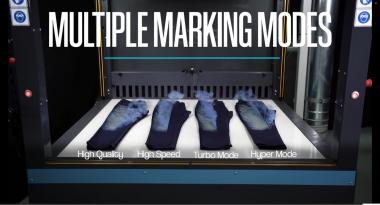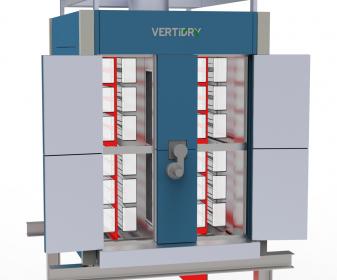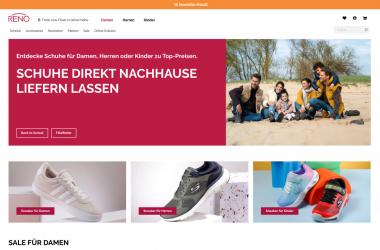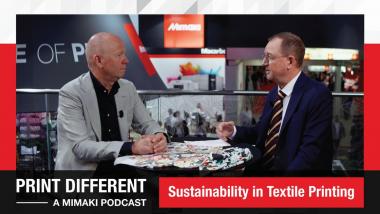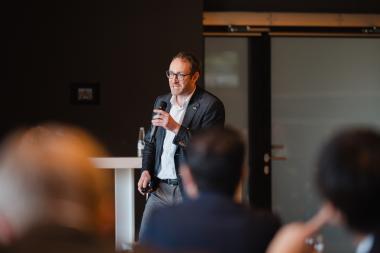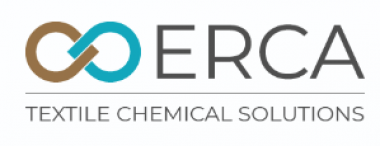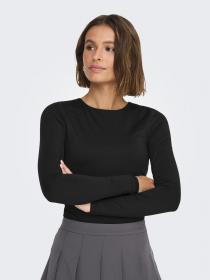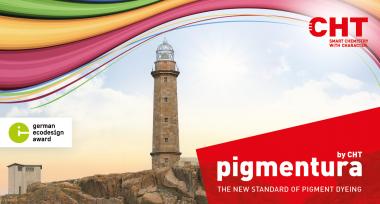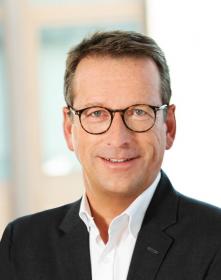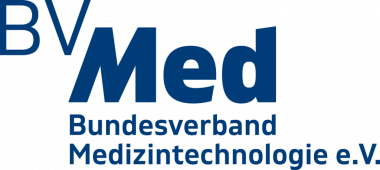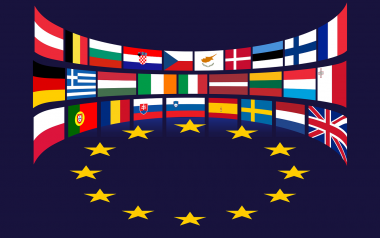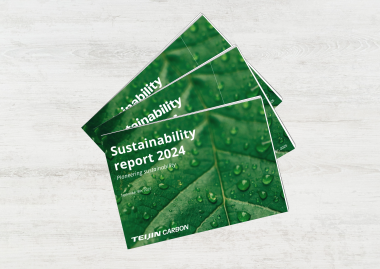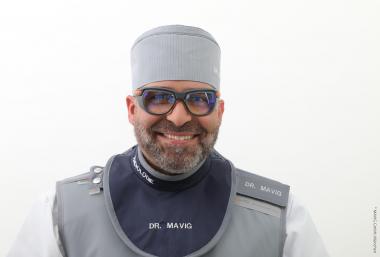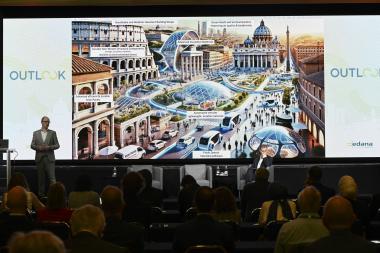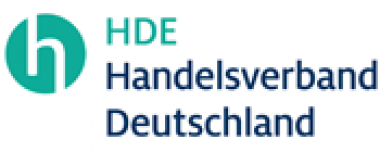Heimtextil Trends 26/27 – Wo KI und Handwerkskunst verschmelzen
Künstliche Intelligenz ist längst Teil der Gestaltung – gleichzeitig wächst der Wunsch nach dem Handgemachten, nach Intuition und Unregelmäßigkeit. In diesem Spannungsfeld entfalten sich die Heimtextil Trends 26/27: Unter dem Leitthema „Craft is a verb“ zeigen sie, wie Hightech und Handwerk nicht im Widerspruch stehen, sondern gemeinsam neue kreative Perspektiven eröffnen.
Gemeinsam mit den Gründer*innen von Alcova präsentiert die Heimtextil eine Trendlandschaft, in der Handwerk und digitale Gestaltungsmethoden verschmelzen. Fühlbare Texturen treffen auf generative Muster, natürliche Strukturen auf algorithmische Präzision. Dabei entsteht kein Gegensatz, sondern ein Zusammenspiel: Wo traditionelle Handwerkstechniken an ihre Grenzen stoßen, eröffnet künstliche Intelligenz neue Möglichkeiten. Damit ergibt sich eine neue Art von Akteur: der Techno-Handwerker, der digitale Tools nicht als Konkurrenz, sondern als Erweiterung seines Werkzeugsatzes versteht. Die Heimtextil Trends 26/27 greifen damit die aktuellen Herausforderungen der Kreativbranche auf: KI rationalisiert Prozesse, werfen jedoch Fragen nach Kontrolle und kreativer Identität auf. Im Zentrum der Trends steht daher die bleibende Bedeutung des Handwerks – und wie KI dieses sinnvoll ergänzen und unterstützten kann.
Alcova geht es nicht allein um materielle und ästhetische Trends. Vielmehr rücken die Kurator*innen eine Haltung zum bewussten Einsatz von KI im Design in den Fokus – als Ergänzung zur menschlichen Kreativität und als Mittel zur Entlastung und Inspiration. Diese Perspektive prägt auch ihre Arbeit: „Bei Alcova fühlen wir uns zu Objekten und Prozessen hingezogen, die unerwartet, experimentell und sogar ein wenig widerspenstig sind – aber dennoch irgendwie ihren Weg in unsere Wohnungen finden“ erklärt Valentina Ciuffi von Alcova. „Was uns täglich umgibt, sollte provozieren, Fragen aufwerfen und zum Gespräch anregen. Deshalb konzentrieren wir uns auf Projekte, die Trends vorwegnehmen, anstatt ihnen hinterherzulaufen“, ergänzt Joseph Grima von Alcova.
Sechs zentrale Trendrichtungen im Überblick
Wie sich diese Verschmelzung von Handwerk und Technologie konkret zeigt, verdeutlichen sechs zentrale Trendrichtungen. Sie eröffnen unterschiedliche Perspektiven darauf, wie KI und manuelle Gestaltung künftig zusammenwirken werden.
1. Re: media
Textilien, die aus dem Zusammenspiel von digitaler Gestaltung und Handarbeit hervorgehen: Zeichnungen werden zunächst in digitale Renderings übertragen, anschließend in Jacquards oder handgestickte Muster zurückgeführt. So entstehen Arbeiten, die die Spannung zwischen verschiedenen Medien sichtbar machen. Erwartet werden Motive, die sich an Glitches orientieren – gebrochene Ästhetiken, verpixelte Farbverläufe sowie digital überarbeitete Handzeichnungen.
2. Visible co-work
KI liefert die Entwürfe, der Mensch vollendet sie: In diesen Arbeiten verschwimmen die Grenzen zwischen Handwerk und Code. Das Design entsteht aus künstlicher Intelligenz und findet seinen Abschluss in handwerklicher Ausführung. Beispiele dafür sind digital bestickte Leinen, 3D-gestrickte Patchwork-Arbeiten oder generative Muster auf klassischen Stoffen.
3. Sensing nature
Die Natur bildet hier den ursprünglichen Impulsgeber. Ihre Formen, Rhythmen und Strukturen eröffnen dabei eine Vielfalt, die entschlüsselt werden will. Digitale Werkzeuge übernehmen die Rolle des Übersetzers: Aus der rauen Oberfläche des Ozeans entsteht ein textiles Raster, aus dem über Felsen wachsenden Flechtenmuster wird durch algorithmische Verarbeitung ein dekoratives Motiv.
4. A playful touch
In einer Zeit, in der Design von Funktionalität und Optimierung geprägt ist, rücken kleine dekorative Details wieder in den Vordergrund – nicht aus Zweck, sondern aus Freude. Eine Rüsche an einem ansonsten minimalistischen Vorhang, ein Neon-Element auf einer naturfarbenen Leinendecke oder eine unerwartet platzierte Quaste: Solche Gesten wirken wie bewusste Unterbrechungen. Sie führen einem vor Augen, dass Freude ein wesentlicher Bestandteil von Gestaltung bleibt – und dass auch Textilien Humor besitzen können.
5. Crafted irregularity
Gewebe mit Knötchen, unregelmäßigen Färbungen, sichtbaren Nähten und asymmetrischen Abschlüssen rücken in den Mittelpunkt. Diese Materialien verbergen das Handwerk nicht, sondern betonen es – als bewusster Gegenentwurf zur makellosen Perfektion KI-gestützter Gestaltung.
6. The uncanny valley
Technische Elemente wie Drähte, Anschlüsse oder Spulen werden nicht mehr versteckt, sondern bewusst gezeigt und in Szene gesetzt. Sie erscheinen als sichtbare Details und lenken den Blick auf das Innenleben der Maschine, nicht auf ihre makellose Oberfläche. So entstehen Designs, die das Verborgene offenlegen – und in ihrem verspielten Ausdruck etwas Fremdes, beinahe Außerirdisches entfalten.
Die Farbwelt der Heimtextil Trends 26/27
Die Farbpalette bewegt sich zwischen erdiger Bodenständigkeit und digitaler Irritation: Töne wie Sand, Ton, Ruß, Oliv und Baumrinde vermitteln Stabilität, Materialität und Verbundenheit. Diese natürliche Ruhe wird jedoch gezielt durchbrochen – mit scharfen, synthetischen Akzenten wie säurehaltigem Grün, digitalem Flieder oder leuchtendem Bildschirmblau. Diese „Glitches“ schaffen Spannung und machen die Farbwelt zu einem vibrierenden Statement.
In der Trend Arena in Halle 6.1 werden vom 13. bis 16. Januar 2026 die Heimtextil Trends 26/27 erlebbar präsentiert.
Messe Frankfurt







